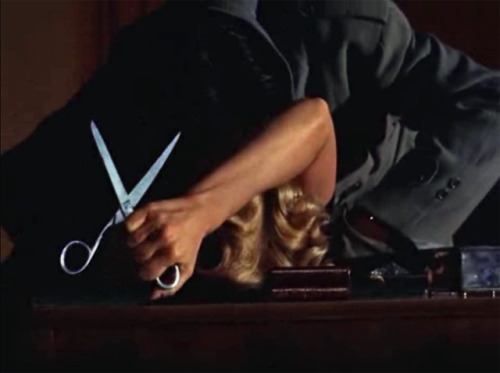
Taking the dream experience seriously, as an arena of symbolic clues, led him to believe that the psyche contained common archetypes, recurrent images that could be found in cultures all over the world, past or present, primitive or modern.

Studying ancient texts and traveling the world, spending time in African villages and American-Indian reservations, he came to believe people saw these images in dreams or visions, that these states were a way for our minds to access a reservoir of shared knowledge, what he variously called universal consciousness or the collective unconscious.

BRYSON: I understand that the geology confirms the images. The images are your private images in Dali's head but painted out they correspond to a reality.
DALI: Exactly...my delirium is injected and sublimate in these rocks and in this geology. There's many kinds of imagination, [such as] the Romantic imagination, almost never exist in rock. It's only fog, music, evanescent visions of Nordic countries [where] everything is completely musical. This also is very clear in my moustache because my moustache is the contrary of the moustache of Friedrich Nietzsche. Friedrich Nietzsche is the depressive moustache, plenty of music and fog and romanticism and the Dalí moustache is exactly the same que two erected scissors completely metallic.
Salvador Dalí, interview with David Bryson, BBC Third Programme, 1962

In his autobiography Dali told a story about how he used to go walking with a girl to whom he showed off with copies of L'Esprit Nouveau, a magazine edited by Le Corbusier and Fernand Leger: 'she would humbly bow her forehead in an attentive attitude over the Cubist paintings. At this period I had a passion for what I called Juan Gris' 'Categorical imperative of mysticism'. I remember often speaking to my mistress in enigmatic pronouncements, such as, 'Glory is a shiny, pointed, cutting thing, like an open pair of scissors'...'

Before the age of digital editing suites, the link between film and scissors was always strong. It was the chief implement in the editing process, that destructive act of cutting that gave birth to the language of cinema, montage. Alfred Hitchcock was a passionate believer in the manipulative power of montage, so it's no surprise he held the humble scissors in such high regard.
In his book The Hitchcock Murders, Peter Conrad tells of a Lincoln Centre tribute to Hitchcock in 1974, during which the great man watched a compilation of clips from his films. The anthology of abreviated killings concluded with Grace Kelly stabbing her attacker in Dial M for Murder. 'The best way to do it,' Hitchcock commented, 'is with scissors.'

The idea of the scissors predictably stimulated Hitchcock's taste buds. For him, murder was aesthetic, erotic, but also appetitive. He rejected a shot from Dial M for Murder because the blades of the scissors did not flash as they arched through the air. 'A murder without gleaming scissors,' he reasoned, 'is like asparagus without the Hollandaise sauce - tasteless.'
Peter Conrad, The Hitchcock Murders

When Hitchcock and Dali came together to collaborate on the dream sequence for Spellbound (1945), it's no surprise to see scissors playing such a prominent role, a giant pair slicing through eyeballs, not only in homage to Bunuel's Un Chien Andalou (1928) but also in symbolic allusion to the editing process itself, its power to do violence to our minds via our eyes. Cinema, this moment implies, is the unconscious incarnate, a shining implement to access those archetypal images buried deep in our dreams.
Fifty years later and those same giant scissors made another appearance in a dream sequence. Everyone remembers the feelgood gutterball sequence in The Big Lebowski, but possibly tend to forget how it ends, the Dude being chased by three nihilists in orange body-suits brandishing enormous, threatening scissors.
Is this an example of Jung's archetypal unconscious at work? Did one or both of the Coen's dream those scissors, or see them in a vision? Or were they found in a studio cupboard, left there ever since filming on Spellbound finished? Or is it simply that the Coens know their film history so well that they wanted to pay homage to Hitchcock's dream-image in much the same way he did to Bunuel's all those years before? You decide.
No comments:
Post a Comment